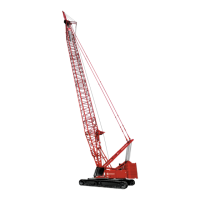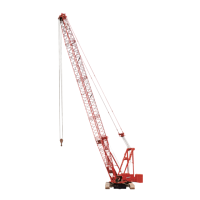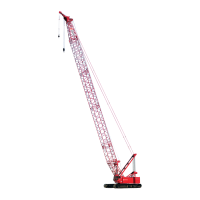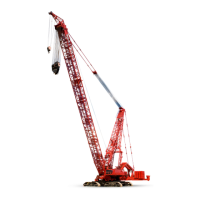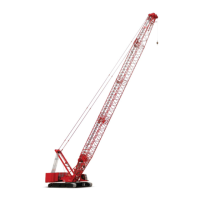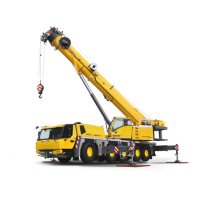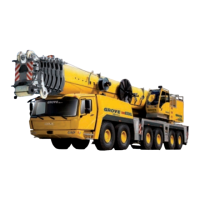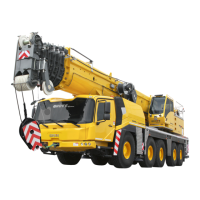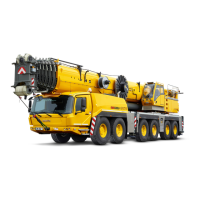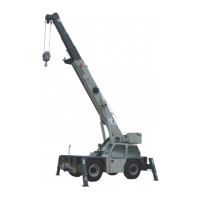HYDRAULIC SYSTEM 777 SERVICE MANUAL
2-2 Published 10-01-2012, Control # 045-08
mechanical properties and long term exposure to these
cold temperatures will negatively impact service life. It is
recommended for these hoses to be inspected to step 1
above as service life may be more than 8,000 hours.
HYDRAULIC SYSTEM MAINTENANCE
Safety
Lower or securely block hydraulically operated attachments
and loads before servicing. Do not rely on controls to support
attachments or loads.
Stop engine and relieve hydraulic pressure to zero before
servicing or disconnecting any part of hydraulic system. After
stopping engine, operate controls in both directions to relieve
pressure.
Before servicing hydraulic system, attach warning sign to
engine start controls to warn other personnel not to start
engine.
Do not perform hydraulic system maintenance, adjustment
or repair procedures unless authorized to do so. And then,
make sure all applicable instructions have been read and are
thoroughly understood.
Do not alter specified pressure settings. Higher than
specified pressures can cause structural or hydraulic failure.
Lower than specified pressures can cause loss of control.
Never check for hydraulic leaks with hands. Oil under
pressure can penetrate skin, causing serious injury. Oil
escaping from a small hole can be nearly invisible so check
for leaks with a piece of cardboard or wood.
Storing and Handling Oil
• Store oil drums in clean, cool, dry location. Avoid
outdoor storage.
• Store oil drums on their side and cover them to prevent
water and dirt from collecting on them.
• When handling drums and transfer containers, use care
to avoid damage which can cause leaks and entry of dirt
or water into oil.
• Before opening a drum, carefully clean top of it. Also
clean faucet or pump to remove oil from drum.
• Only use clean transfer containers.
• Do not take oil from storage until oil is needed. If oil
cannot be used immediately, keep transfer container
tightly covered.
Storing and Handling Parts
• Store new parts (valves, pumps, motors, hoses, tubes)
in clean, dry indoor location.
• Do not unpack parts or remove port plugs until parts are
needed.
• Once unpacked, carefully inspect each part for damage
that may have occurred during shipping. Remove all
shipping material from ports of parts before installing.
• Fittings, hoses, and tubes that do not have shipping
caps or plugs must be cleaned before they are used.
Flush fittings, hoses, and tubes with clean hydraulic oil.
Then seal all openings until use at assembly.
• Do not use rags to plug openings. Use clean plastic
shipping plugs and caps.
Inspecting System
The damaging effects of dirt, heat, air, and water in the
hydraulic system can only be prevented by regular, thorough
inspection of the system. The frequency of inspection
depends on operating conditions and experience with the
system; however, the more often the system is inspected
and deficiencies corrected, the less likely the system will
malfunction.
1. A good inspection program will include the following
checks:
a. Keep accurate records so future maintenance
needs can be projected.
b. Only use approved hydraulic oil in system (see
Section 9, Lubrication in this manual).
c. Check oil level in tank daily. Carefully clean area
around fill cap before removing it to add oil. When
adding oil to tank, filter oil through 10-micron filter.
d. Clean exterior of system often; do not let dirt
accumulate on or around any part of system.
2. Check for external leaks. Leaks are not only unsafe;
they also attract dirt and in some cases allow air and
water to enter system. Do not return leakage oil back to
hydraulic tank.
a. Do not to use your hands to check for leaks.
b. Look for oil leaking from fittings and from between
parts that are bolted together. Tighten loose fittings
and attaching bolts to proper torque; do not
overtighten.
c. If leakage persists at these points, replace seals or
gaskets.
d. Look for oil leaking from pump and motor shaft
ends, from valve spool ends, and from cylinder shaft
ends. Replace seal if leakage is found at any of
these points.
e. Replace tubes that are cracked, kinked, or bent.
f. Replace hoses that are cracked, split, or abraded.
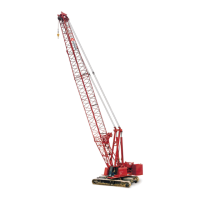
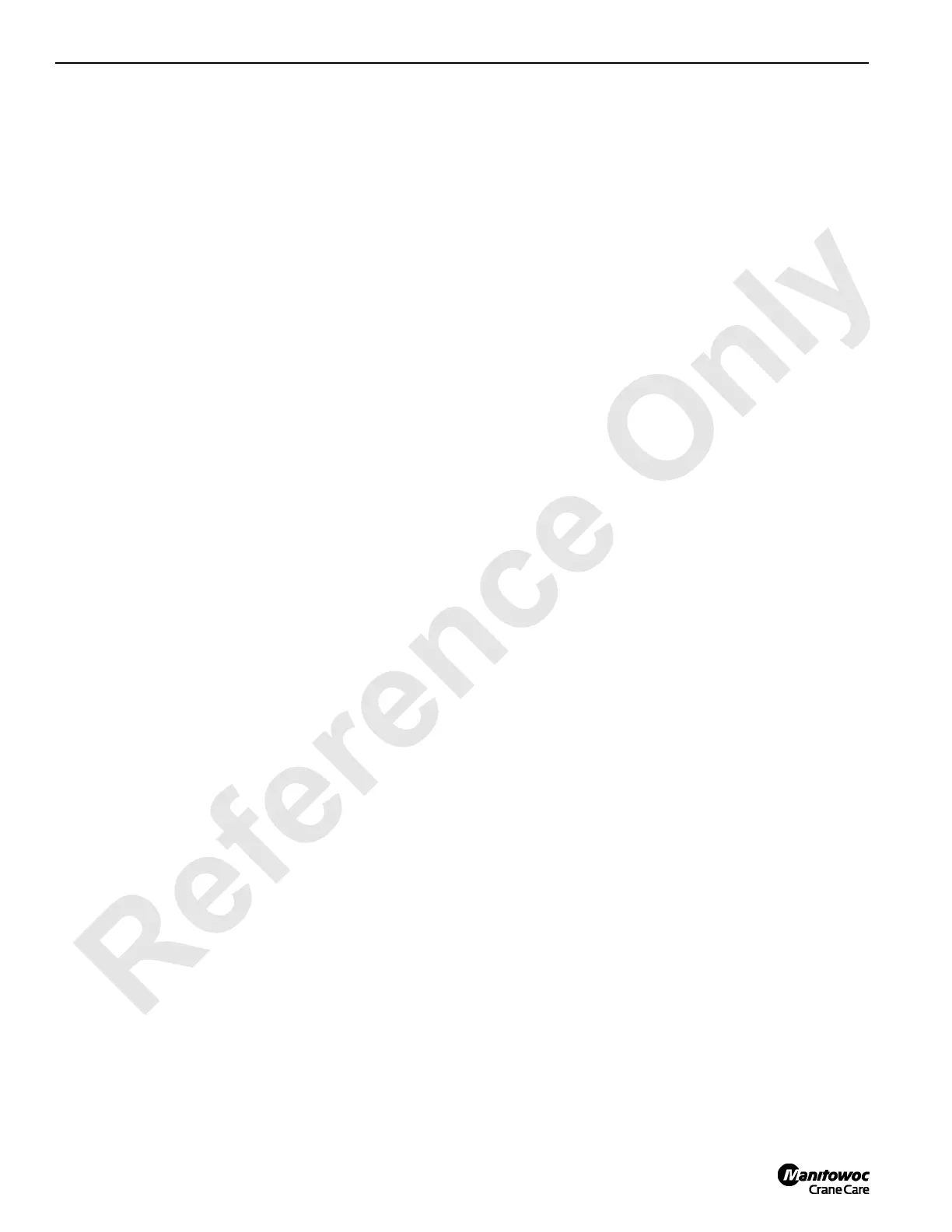